International students gave Australia over half its GDP growth in 2023
The massive $48bn spend by international students last year gave Australia over half of its economic growth in 2023.
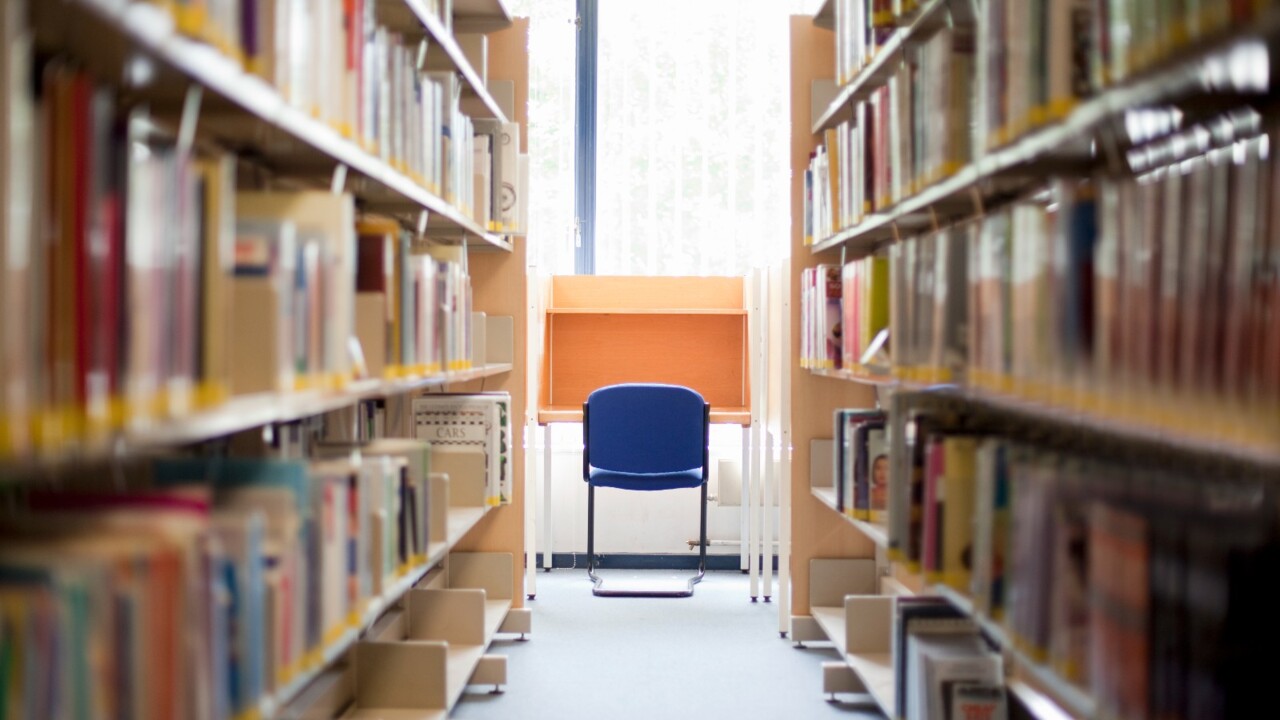
Record spending by foreign students last year, as they flooded back into Australia after the Covid shutdown, accounted for over half of Australia’s economic growth in 2023.
Even though high numbers of international students caused accommodation shortages and drove up rents, without their rapid return Australia would have slipped perilously close to recession.
Foreign students spent nearly $48bn in Australia last year, according to the Australian Bureau of Statistics balance of payments data – 80 per cent more than they spent in 2022 and a massive contribution to GDP growth.
Analysis by NAB economists Taylor Nugent and Brody Viney showed international student spending alone was responsible for a 0.8 per cent increase in GDP in 2023, over half of the tepid 1.5 per cent economic growth recorded last year.
Last year 787,000 international students were studying in Australia, 27 per cent more than the 618,000 here in 2022.
But now, concerned by rapidly rising migration and a rising incidence of some education agents and colleges rorting the student visa system, the Albanese government has thrown on the brakes and slowed the issuing of student visas.
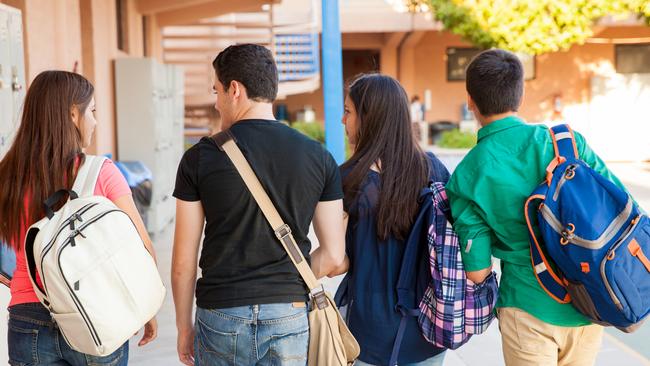
With student growth slowing down, Mr Nugent and Mr Viney said they expect international students to contribute about a quarter of a percentage point to GDP growth this year. But increased spending by Australians will pick up the slack.
“Looking forward, the growth in international student numbers should slow and, as a result, growth in student consumption-like spending will ease through 2024,” they said in a note.
“However, we expect this to be offset by stronger household consumption as inflation eases and households benefit from tax cuts and, eventually, cuts in interest rates.”
About 60 per cent of international student spending is estimated to be on goods and services, a direct impact on consumption. The other 40 per cent is tuition fees to universities, colleges and schools, which also boost jobs and economic activity.
Without international students, consumption growth almost disappeared last year, rising only 0.1 per cent according to the national accounts.
International students are not included in consumption because they are not Australian residents and what they spend here is an “export”, similar to foreign tourist spending.


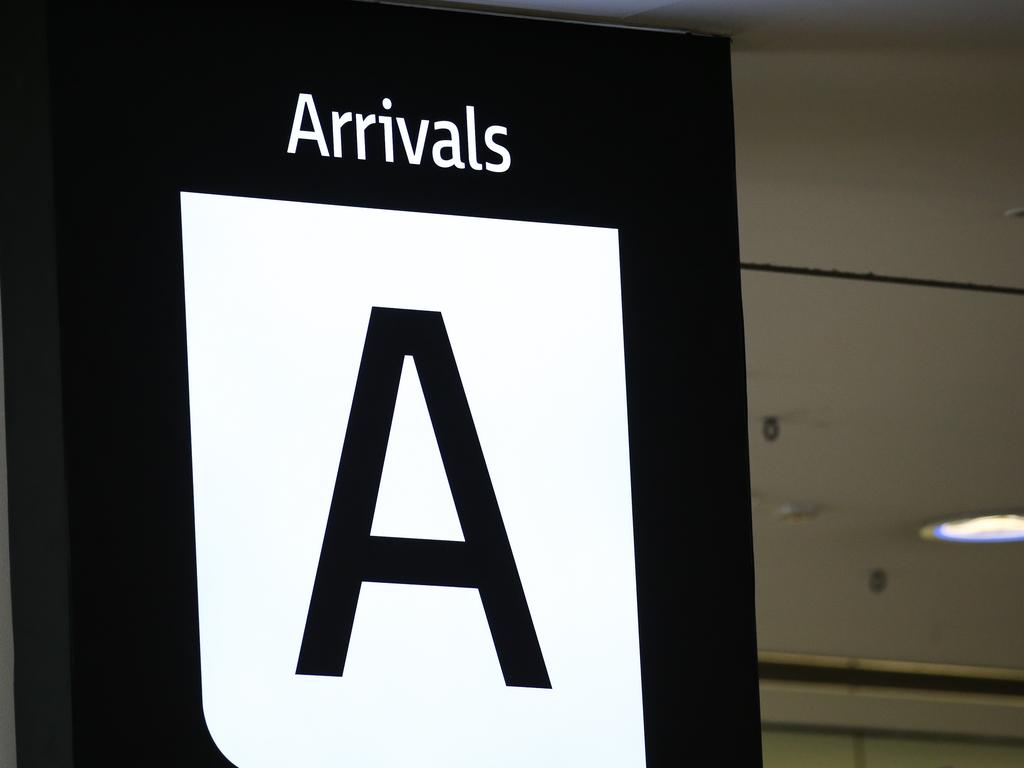


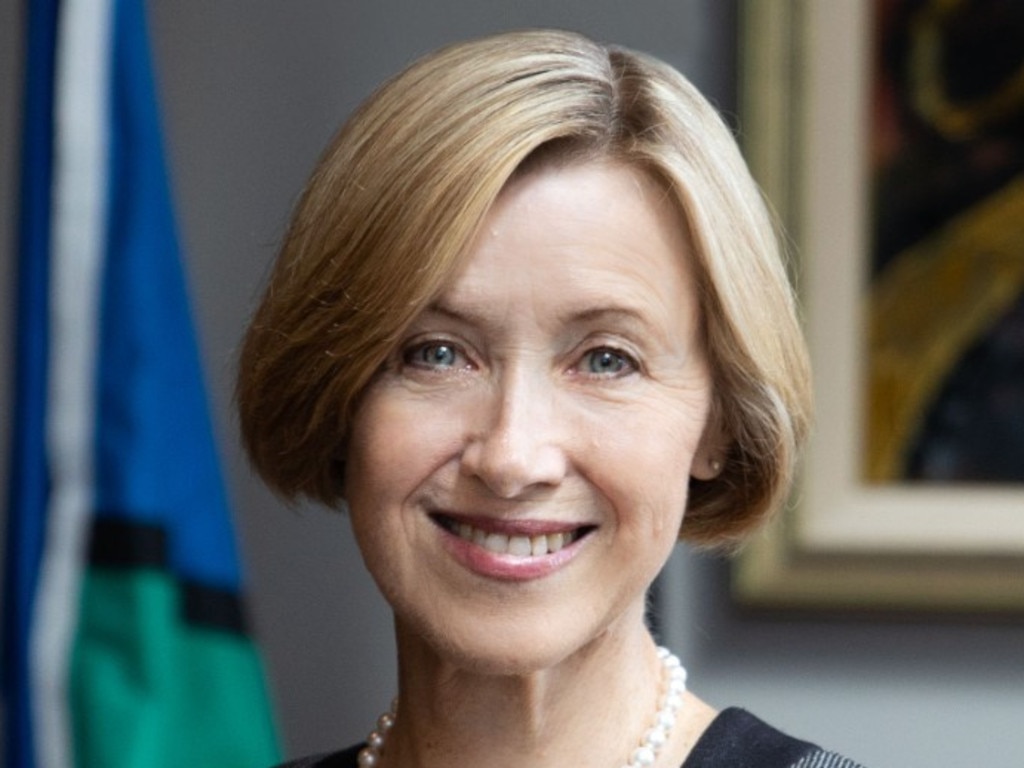
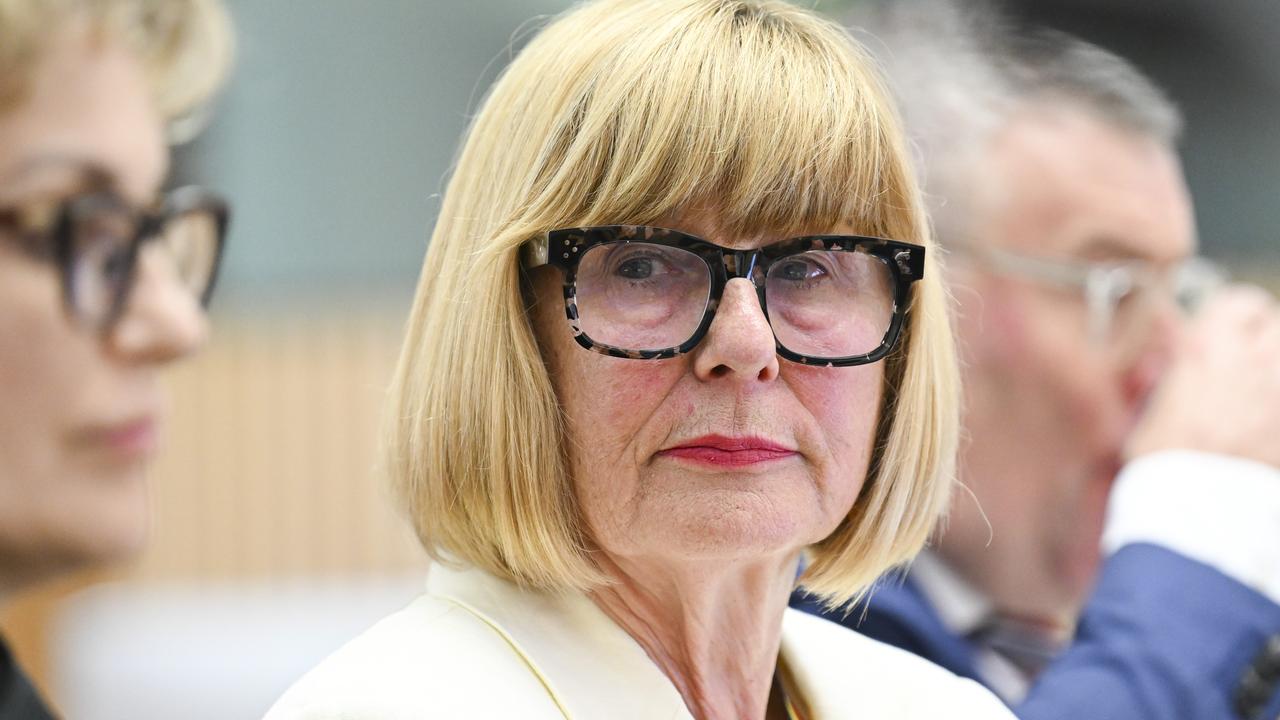

To join the conversation, please log in. Don't have an account? Register
Join the conversation, you are commenting as Logout